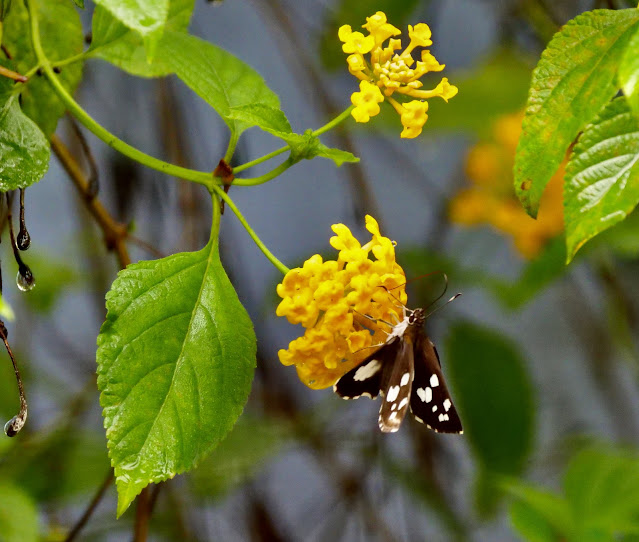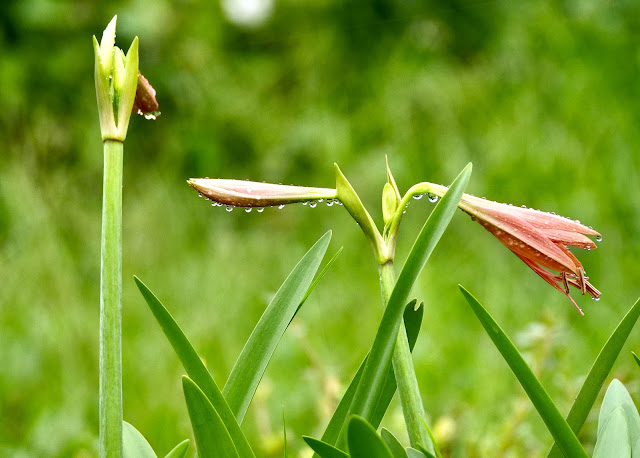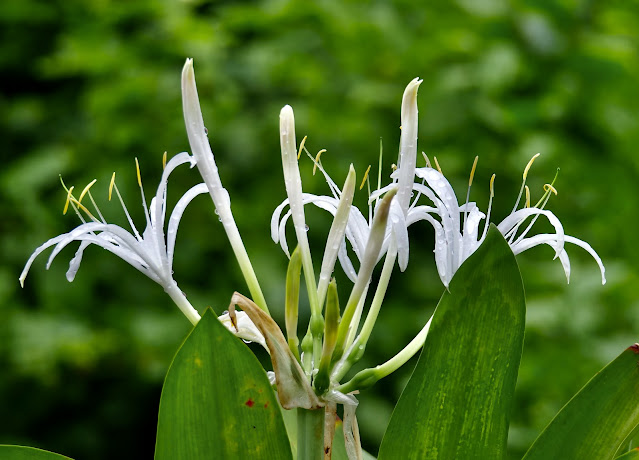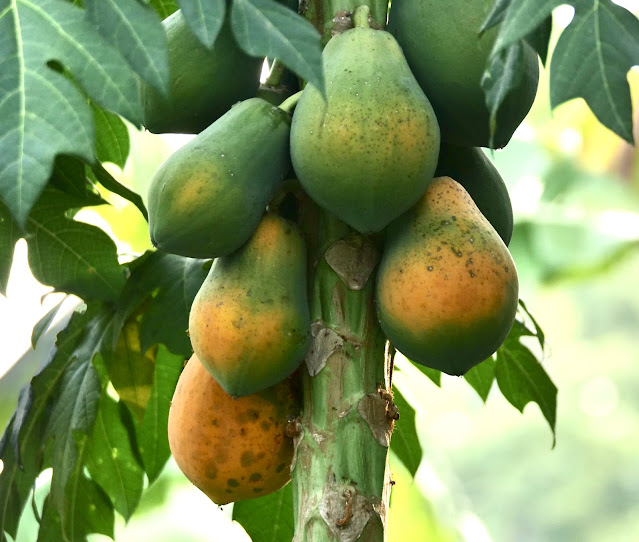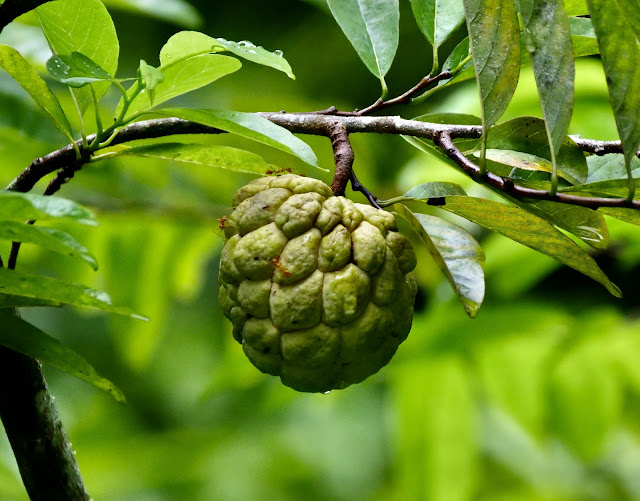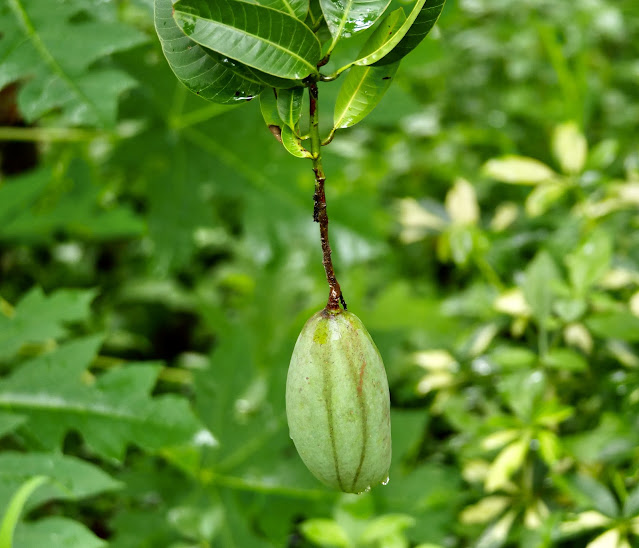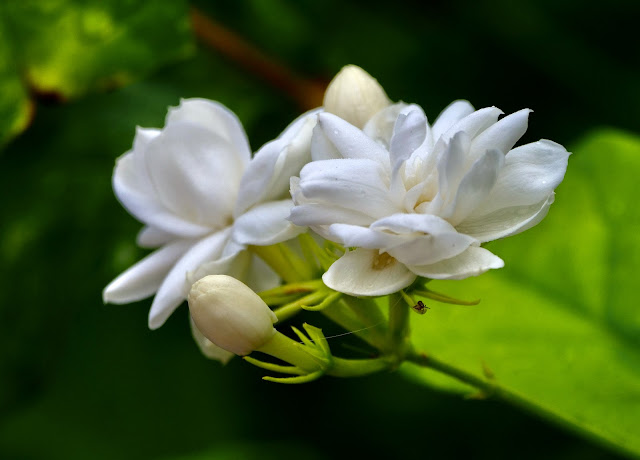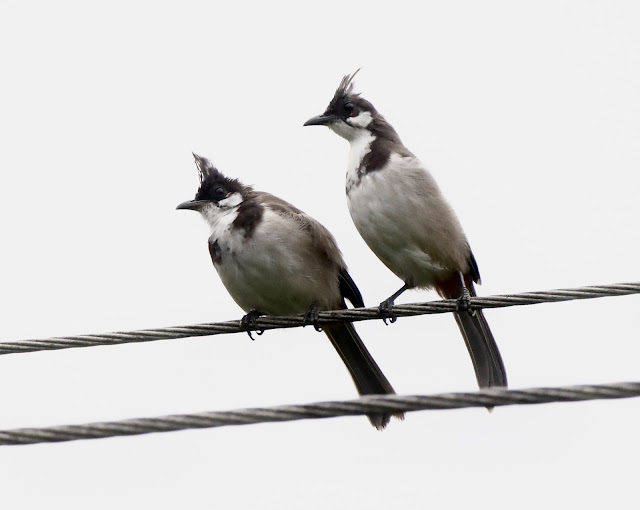31 May, 2024
The life in the garden
30 May, 2024
The twilight calls!

29 May, 2024
Life in nature!
28 May, 2024
Enduring and receiving care!
The jasmine flowers in our garden look sparkling white and are fragrant for about two to three days before they fall off. The above pictures are of flowers about a week ago, at the beginning of a week- long rain spell.
About two days after the rain fall, without much respite or sunshine during the day, the flowers began to look dull, mildly brown tinged and less fragrant. The absence of honey bees in the garden was unusual.
As the rain progressed for anther three days, the flowers showed different colours and patterns indicating signs of decay of the petals in the absence of sunlight, to dry the water soaked petals.
It was a sight that surprised me. May be, I had not noticed earlier the effect of incessant rain and the absence of sunlight!
I felt glad to see the jasmine flowers back to their usual colourful and fragrant presence in the garden. In fact the aroma is now back in our courtyard.
There is a threshold of tolerance of adverse situations for all of us. I read the story of a family, whose two pre-school children were admitted in a hospital at the same time with respiratory infection needing intensive care. The father and mother took turns to take care of them. It was the turn of the motor to fall ill and get admitted in the hospital.
At this time two neighbourhood families took the responsibility to take care of the two children and their mother in the hospital allowing the father to have break. The two neighbourhood families did this for a week, before the children and mother could return home from the hospital. For another ten days, the neighbourhood families supported the family by sending them food and helping with some housekeeping.
We hen the neighbourhood families were interviewed by a press reporter, their response was, ' The family had too much of distress in a week and we wanted to support them to endure..'!
I feel moved by this form of neighbourhood care. This form of self-giving might be happening regularly, but I was not aware of it! I know of usual visits that families might make to enquire when someone is sick or visit them in the hospital. But this way of becoming an extended family brought much cheer and hope!
There are times when each of us can feel burdened by the demands that are far too much to process or endure. Such stories are too many that one tends to accept them as the norm.
The story above was an exception in 'loving your neighbour as yourself'!
When I passed by a plant nursery yesterday, I noticed netted green sheet, covering the plants kept in the open, to provide a green house effect. The gardener told me that it is a shade to protect the plants from the rainfall damaging the plant! I remembered how strawberry farmers spread cover net over the plants to protect them from frost and snow.
There is a threshold of endurance. From the stories I hear, many people live enduring hardships, more than they are able to bear !
To care is to feel with others in their need!
That is the message that reaches me as I reflect on what I saw happening to the jasmine flowers in our garden during the rainy week!
M.C.Mathew(text and photo)
27 May, 2024
Alone and defenceless !
26 May, 2024
From holding on to staying on!
25 May, 2024
Amidst the wind and rain!
The teak tree in our garden, has multiple branches with their flowers, swaying in the wind, giving a dancing appearance! It was a cloudy afternoon yesterday, while I sat watching this sight.
The bunch of flowers in the tallest branch, the two photos above, kept changing the shape and size of the blossoms, depending on the direction of the wind.
As I sat watching this delightful dancing movements of a branch, the wind became stronger, along with heavy down pour. The visibility of the branch and its flowering twigs decreased in the rain.
What followed was another sight of surprise. A cattle Egret came flying into the bunch of flowers, trying to steady itself, when the wind swayed the bunch of flowering twigs.
As I watched a cattle Egret and a racket-tailed Drongo effortfully steadying themselves, to be perched while it was windy, my thoughts went to times in my life, when Anna and I felt swayed by some adverse circumstances.
